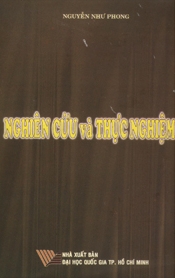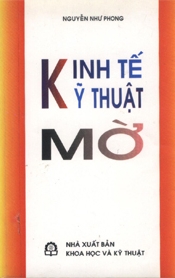
| Adsorptive Removal Of Aromatic Compound By Montmorillonite: Application Of FDA |
|
Adsorptive removal of aromatic compound by montmorillonite: Application Of Factorial Design Analysis
Feza GEYIKÇI 1) and Semra ÇORUH 2)*
1) Ondokuz Mayıs University,
Chemical Engineering Department, Kurupelit, Samsun, Turkey,
e-mail:
Địa chỉ email này đã được bảo vệ từ spam bots, bạn cần kích hoạt Javascript để xem nó.
2) Ondokuz Mayıs University,
Environmental Engineering Department, Kurupelit, Samsun, Turkey
*Corresponding author‘s e-mail:
Địa chỉ email này đã được bảo vệ từ spam bots, bạn cần kích hoạt Javascript để xem nó.
(Received March 2013, accepted July 2013)
DOE 15
Abstract
Phenolic compounds are common pollutants found particularly in the effluents from petroleum and petrochemical, coal conversion, and phenol producing industries. Due to their toxicity and carcinogenity, water and wastewater containing phenolic compounds must be treated before being used and discharged for receiving water bodies.
There is a growing interest in using low-cost and commercially available materials for the adsorption of organic compounds. Clay minerals have great potential to remove phenols in water due to efficient sorbents which can be used as alternative adsorbents to replace the costly activated carbon.
They are widely applied in many fields of adsorption technology including the removal of amines, metals, ketones, phosphates, chlorophyll, non-ionic contaminants, and organic pigments/dyes.
Montmorillonitic smectites, {(Na,Ca)0.33(Al,Mg)2(Si4O10)-(OH)2.nH2O} are one of the natural clay minerals that have specific surface chemical properties.
In this study, a factorial experimental design technique was used to investigate the adsorption of phenol from water solution on montmorillonite.
Factorial design of experiments is employed to study the effect of three factors: pH (2.0 and 8.0), montmorillonite dosage (0.1 and 1.0 g/L) and initial low and high concentration (10 and 100 mg/L).
The efficiency of phenol adsorption was determined after 60 min of treatment. Main effects and interaction effects of three factors were analyzed by using statistical techniques. A regression model was found to fit the experimental data very well.
Through using the Student’s t-test, analysis of variance, F-test and lack of fit to define most important process variables affecting the percentage phenol adsorption.
Keywords: montmorillonite, factorial design analysis, phenol adsorption |





































